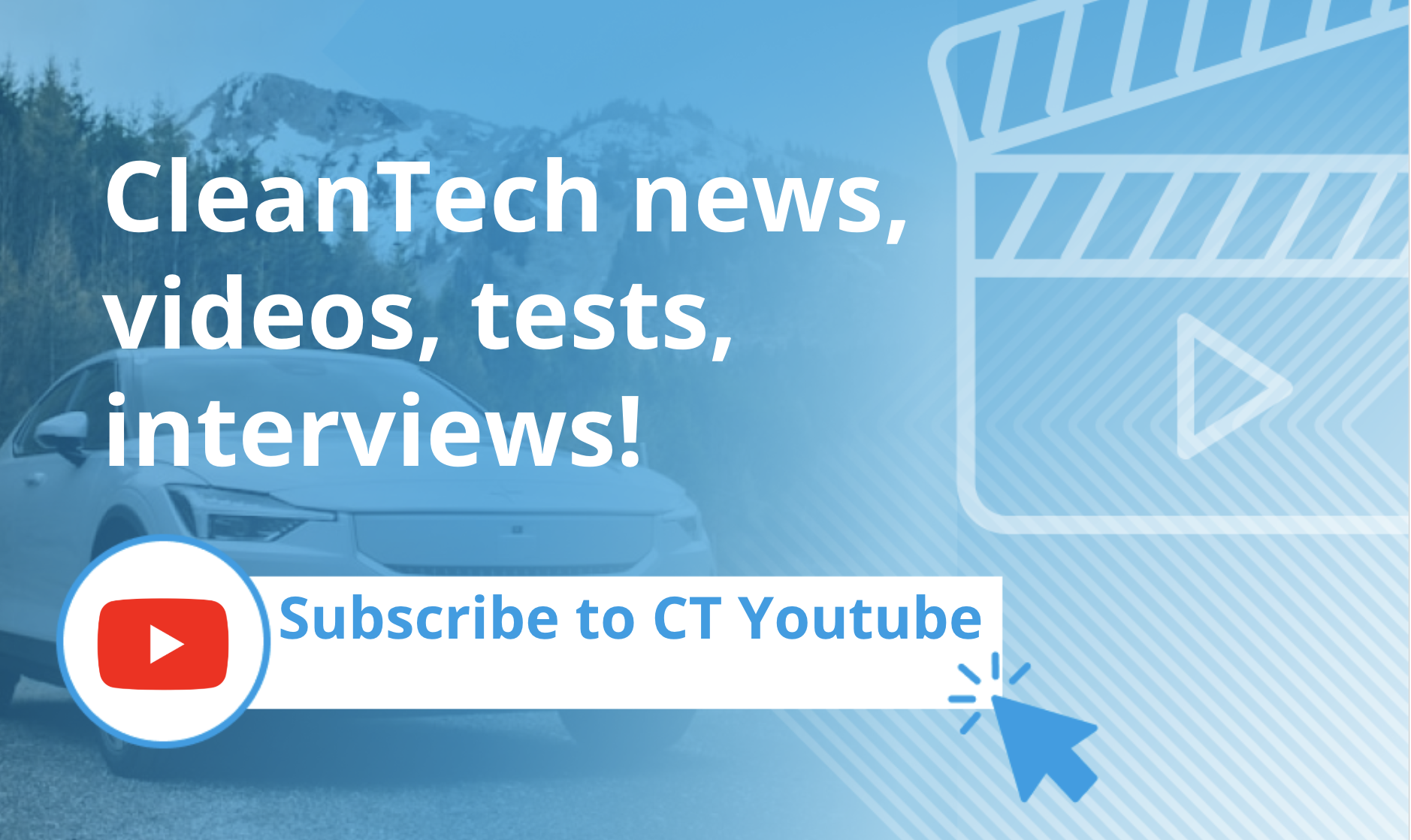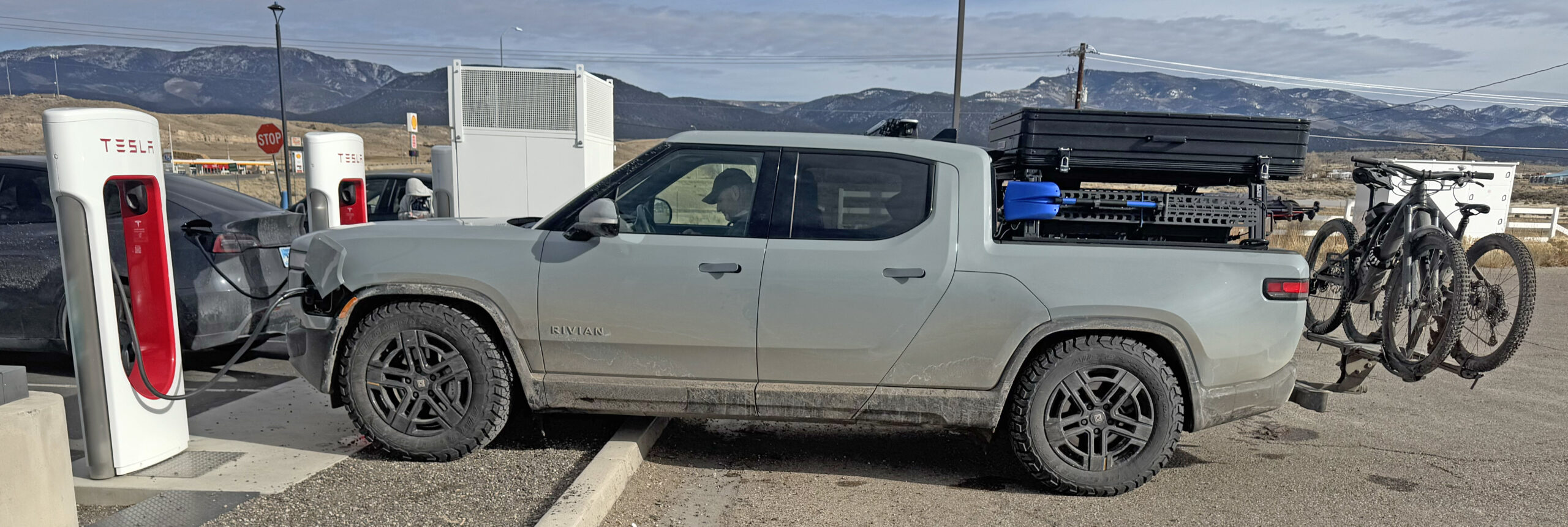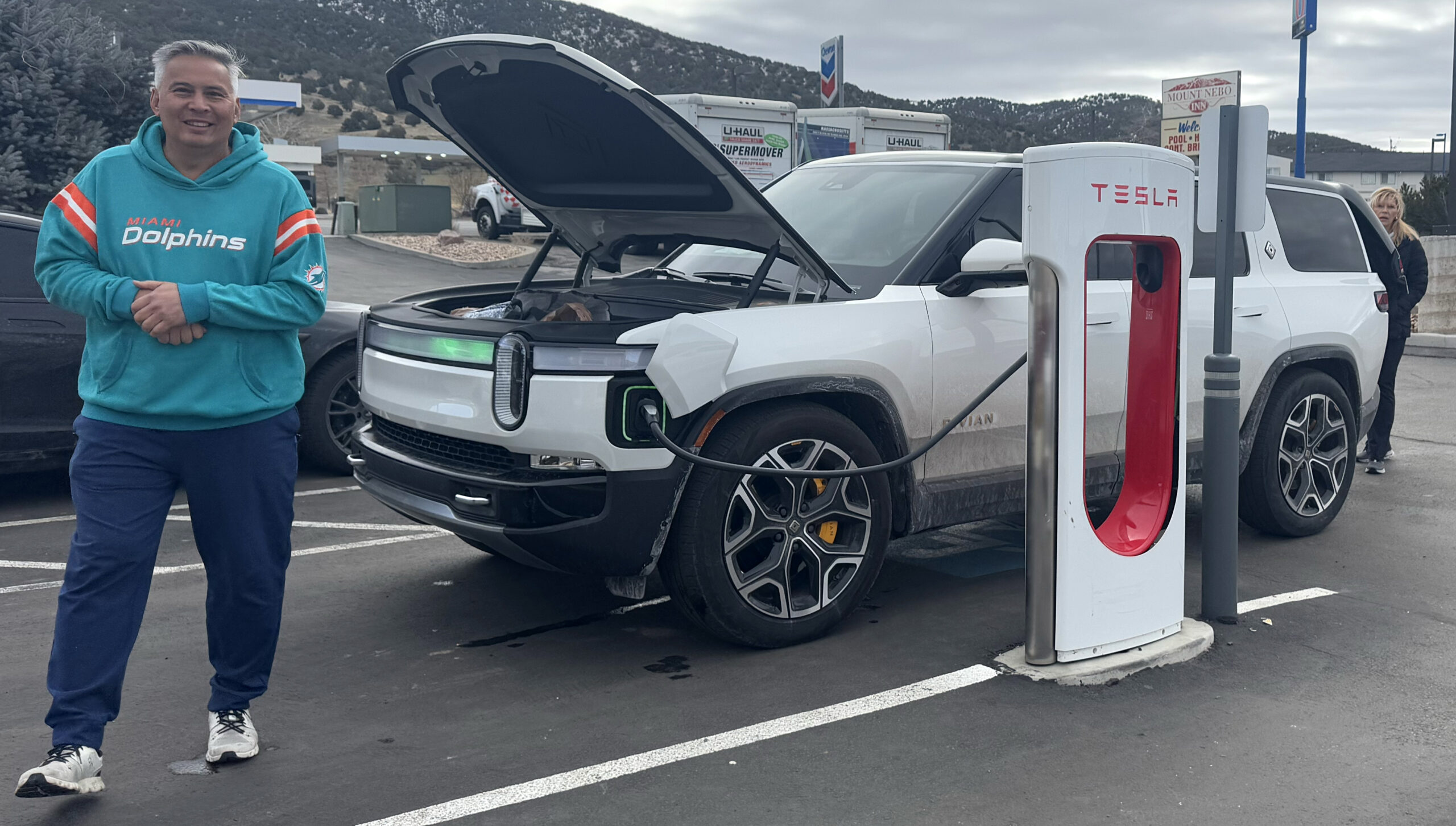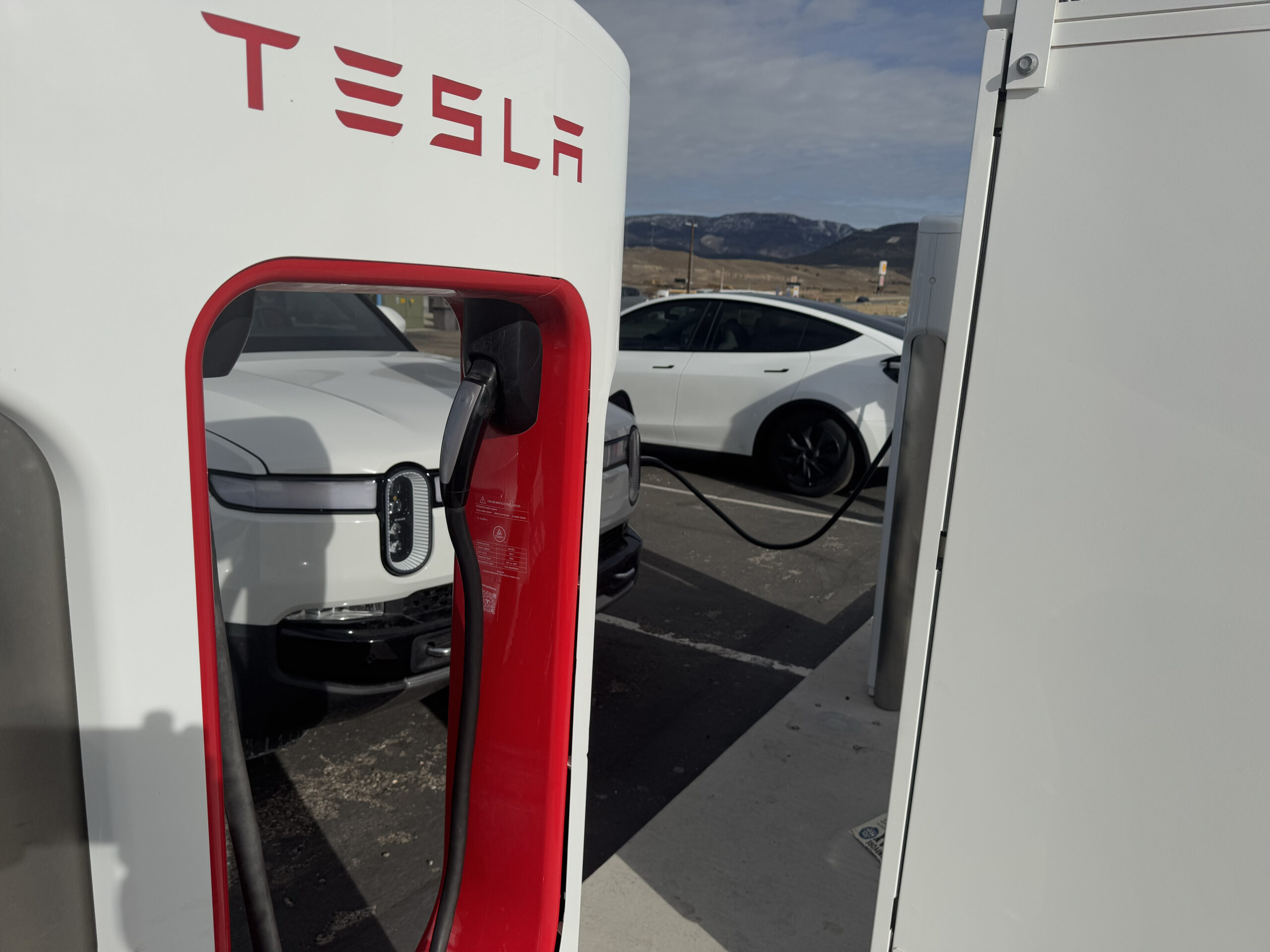
Sign up for daily news updates from CleanTechnica on email. Or follow us on Google News!

I’ve driven my Tesla Model 3 for over 5 years now. I’ve made over 10 cross-country trips, including the 3000-mile round trip from northern Utah to northern Wisconsin 5 times, a 2000-mile detour to Charlotte, North Carolina (East Coast), and an 800-mile round trip from northern Utah to Palm Springs in southern California (West Coast). I’ve also done the 500-mile round trip from northern Utah to Saint George in southern Utah another 15 times. In the process, I’ve charged my Model 3 at “Tesla” Superchargers hundreds of times.
Until recently, Superchargers were exclusively used by Tesla vehicles. Tesla has said for years that it was open to other manufactures using its chargers, but only Aptera signed on initially and Aptera hasn’t shipped any cars yet. However, last year, Tesla renamed its chargers North American Charging Standard (NACS) chargers and started signing agreements with other EV manufactures to use the NACS chargers. Within months, every major manufacturer of EVs had signed on. What had been a Tesla niche had become the de facto charging standard in North America. The question was: if and how soon would it become the actual charging standard. The other manufacturers would start by offering adapters for NACS Superchargers and later would install NACS charging ports on their new vehicles. Also, CCS charging stations (the previous standard) would add some NACS plugs at their locations.
January 1, 2025, I saw something for the first time: EVs of other manufacturers charging at Superchargers. It’s not surprising that two of those vehicles were Rivians (one SUV and one truck) and one was a Ford F-150 Lightning — Rivian and Ford were the first manufacturers to sign agreements with Tesla to allow use of their chargers. The photo above shows a Rivian truck at the Beaver, Utah NACS Supercharger. The photo below shows a Rivian SUV at the Nina, Utah NACS Supercharger.

What are the implications of Tesla opening up its chargers to other EVs? In the lead paragraph, I related that I’ve traveled across the whole country numerous times and used Superchargers hundreds of times. Superchargers are never more than ~100 miles apart on all the Interstate highways in the US. In my 5 years, I’ve never seen a Supercharger station out of order. I’ve only seen two or three Supercharger plugs out of order. Only once did I have to wait 5 minutes for an empty stall. You can imagine how important this is: you arrive at a Supercharger with only 5–15% battery state of charge. You don’t have enough charge to get to the next Supercharger. If the charger is out of order, you would need a tow truck or an overnight charge at a 110V outlet to get to the next charger. However, the in-car app tells you how many functioning plugs are available at each charger so that you can plan ahead. Having owned non-Tesla EVs previously, I would not travel cross country without access to the Tesla (now NACS) Supercharging network. Tesla has given up a huge advantage to owning one of its EVs. Will this significantly reduce its sales? On the other side, the Supercharging network can become much more profitable.
What does it mean for non-Tesla EVs to have access to the NACS Superchargers? For a starter, the Rivian owner I met received a free CCS-to-NACS adapter from Rivian. He told me that Rivian has hundreds of fast chargers, many of which are located in places outdoor people want to go, like national parks. Tesla doesn’t have many Superchargers in those locations. However, now the Rivian owner can travel major US Interstate highways with fewer problems finding a charger.
What difficulty do Rivian owners have at a NACS Supercharger? The Rivian charging port is in the wrong location on the wrong side of the vehicle for a NACS Supercharger. In the photo below, you can see one of the implications at a standard Supercharger station — a Rivian blocks a neighboring stall (i.e., it takes two stalls to charge a Rivian). That means that if there aren’t two stalls available, it can’t charge. Also, it is using an extra stall which is no longer available to a Tesla. In newer drive-through stalls like the one in the photo above, the Rivian can’t drive through all the way. This is not a big problem since there is enough room for other cars to get by. One solution: see the lead photo in the article, a Rivian truck has driven over a concrete barrier up to the back side of the Supercharger stall. This Rivian is not blocking a stall that a Tesla could be using. This would often not be possible since many Superchargers are not accessible from the back side.

Another issue: older Superchargers will not charge a Rivian, only the newer V4 versions will do the job. Fortunately, the charging app in a Rivian tells the driver which Supercharging locations are truly NACS and will work with his/or her vehicle. Note: Many of the Tesla Superchargers on Interstate highways that make driving a Tesla cross-country problem free will not be available to non-Tesla cars for a long time.
Will there be so many EVs trying to use Superchargers that there will be long waits at the chargers? Most Superchargers have 8 stalls. I’ve seen a few with only two and a few more with only 4 stalls. Traveling through Wyoming, South Dakota, Minnesota, and Wisconsin, we have mostly the old V2 or V3 Superchargers with 8 stalls, and on those runs the Superchargers are mostly empty or have one or two other cars charging. On the run from the northern Utah metropolitan region (Ogden/SLC/Provo) to Saint George in southern Utah five years ago, we had the following charging situation: 8 stalls in Nina, 8 stalls in Beaver, and 2 stalls 5 miles off Interstate I-15 in Cedar City. All the Superchargers were V2 or V3. On that first Thanksgiving run in 2019, the 8 stalls in Nina were full, we got the last stall in Beaver, and the next driver arriving at Beaver had to wait. The 108-mile run from Beaver to Saint George was short enough that we could skip the Cedar City Superchargers. What’s happened in the meantime? 24 new V4 Supercharger stalls were added in Beaver, 8 new V4 drive-through Supercharger stalls were added in Nina, and 16 V4 Superchargers right on I-15 were added in Cedar City. Furthermore, when the new charger stalls were still under construction in Nina, on a big holiday weekend, Tesla brought in a flatbed trailer with a huge battery on it with 4 temporary charging stalls. I read that Tesla has done this at other locations on busy holidays. On our West Coast run, we stopped at the Baker, California, Supercharger station that has 48 stalls. Bottom line: Tesla is very responsive to adding capacity where it is needed. I am hopeful that Tesla will continue to add capacity where needed in the NACS era.
In the photo below, we see 7 of 8 new V4 Supercharging drive-through stalls occupied at the Nina, Utah Supercharger. The 8 older stalls are on the other side of the building. The Teslas charging on the older stalls are mostly unaware that they are charging slower, and Rivians trying to charge there don’t know that those are older chargers that won’t work with their vehicles.

If you find any of my articles helpful to you and you want to buy a Tesla, feel free to use my referral link: https://ts.la/arthur73734. If you are buying a new Tesla and use my link (be sure to use it when you make your order), you’ll receive $1,000 off your purchase price of a Model 3 or Model Y and 3 months of Full Self-Driving. (Just be prepared to intervene immediately if it screws up)

Chip in a few dollars a month to help support independent cleantech coverage that helps to accelerate the cleantech revolution!
Have a tip for CleanTechnica? Want to advertise? Want to suggest a guest for our CleanTech Talk podcast? Contact us here.
Sign up for our daily newsletter for 15 new cleantech stories a day. Or sign up for our weekly one if daily is too frequent.
CleanTechnica uses affiliate links. See our policy here.
CleanTechnica’s Comment Policy




